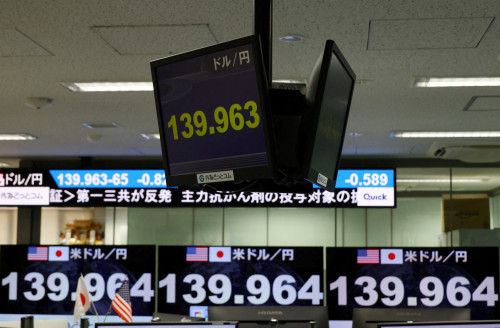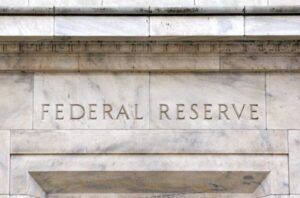By Davide Barbuscia
NEW YORK (Reuters) -The U.S. government’s deadline to raise the $31.4 trillion debt ceiling could be sooner than expected, raising the prospect of a short-term debt limit extension, analysts said on Tuesday.
Goldman Sachs analysts said weak tax collections so far in April indicate a higher probability that the so-called “X-date,” when the government is no longer able to pay all its bills, would be reached in the first half of June. Analysts at Citi said they expected a short-term deal in June or July.
The Treasury Department has warned that the federal government could reach the moment when it will no longer be able to meet its financial obligations as early as June 5, while the nonpartisan Congressional Budget Office has forecast that moment would come sometime between July and September.
Meanwhile, on Monday, U.S. House of Representatives Speaker Kevin McCarthy outlined spending cuts his fellow Republicans would demand in exchange for voting to raise the debt limit.
The ceiling was back in focus on Tuesday, so-called Tax Day, when individual tax returns are due to be submitted, meaning the Treasury will soon know the size of its take.
“As the debt limit deadline comes into better focus with additional tax receipt data, we expect to see somewhat greater pricing of debt limit risks in financial markets,” Goldman Sachs analysts said in a note.
The yield on the 2-month U.S. Treasury bill jumped on Tuesday to its highest level since at least 2018, as unease about the U.S. debt ceiling and the likelihood of another interest rate hike took hold.
“Managers should expect volatility in specific short U.S. Treasury securities,” said John Madziyire, head of US Treasuries and TIPS at Vanguard, adding that investors would seek to avoid holding securities in the new time frame.
The cost of insuring U.S. debt against default for one year stood at about 95 basis points as of Monday, according to Refinitiv data – well above 2011 levels, when a standoff over the debt ceiling triggered the first credit downgrade of the U.S. government.
Goldman Sachs had projected the Treasury would exhaust its cash and borrowing capacity by early to mid-August, but they said weak April tax receipts could pull the deadline forward.
(Reporting by Davide Barbuscia; Editing by Megan Davies and Andrea Ricci)









